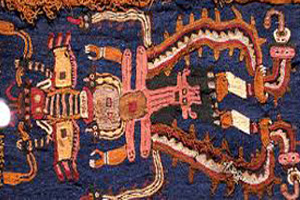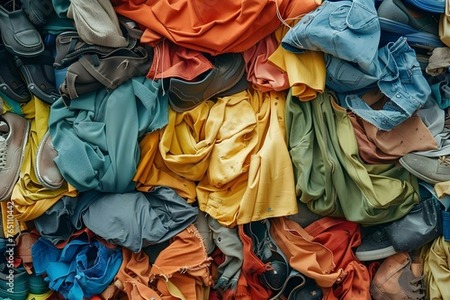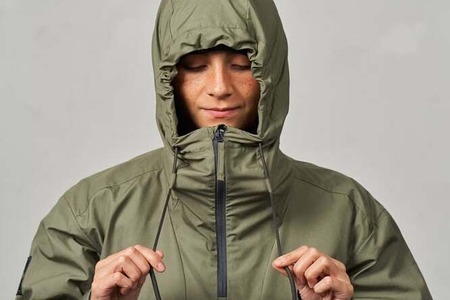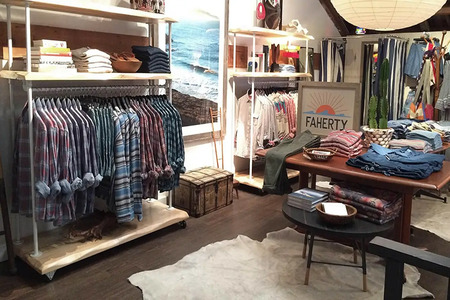
Peru gets back its ancient paracas textiles from Sweden
YarnsandFibers News Bureau 2014-06-17 12:00:00 – LimaAncient Paracas textiles, an extremely rare textiles smuggled out of by a Swedish diplomat is returning to Peru after 80 years. The items are handed back to the country following an agreement with musuem authorities in Gothenburg last year. The rest of the Paracas textiles will return to Peru over the next seven years.
Among the highlights are a 2000-year-old intricately colored shroud, measuring 41 inches by 21 inches, and 88 other textiles were donated to a museum in Gothenburg in the early 1930s by Swedish consul Sven Karell. He had secreted them out of Peru after they were discovered in the Paracas Peninsula, a desert south of Lima where the extremely dry climate helped protect the Alpaca wool fibers.
According to Krzysztof Makowski, a University of Warsaw archaeologist who has studied the shroud as a professor at the Catholic University of Peru, despite being some 2,000 years old, it is perfectly preserved. Across the world, the discoveries of textiles of this age are much rarer than any precious metal.
Textiles are very fragile. There are very few countries in the world that have conserved fabrics. Peru is one of them.
The so-called Shroud of Gothenburg is uniquely complex. It includes some 80 different color tones and subtones such as blue, green, yellow, red and orange. It is divided into 32 frames decorated with items resembling condors, frogs, cats, corn, cassava and human-like figures.
Some researchers believe the shroud may be a sort of calendar related to the tracking of farming seasons. While, experts still do not fully understand how the shroud’s creators achieved the combination of sewing techniques and pigments.
These textile fragments would originally have been part of a larger piece of finely woven, brightly-coloured cloth found wrapped around mummified bodies in the Great Paracas Necropolis in Peru.
They are made from camelid wool (probably llama or alpaca) and plant fibres (identified as cotton). The bright colours include indigo, green, browns, pink and white. These were all produced using by natural dyes and would have been particularly striking against the sandy beige colours of the surrounding landscape.
Natural dyes don’t always last when exposed to light or moisture so the survival of these in such vibrant conditions for over 2,000 years is extraordinary. This survival is likely to be due to the dry conditions of the unlit underground burial chambers in which they were found.
Market Intelligence
Ask for free sample Report

experience
Customer Base
dedicated team
Countries Served Worldwide









